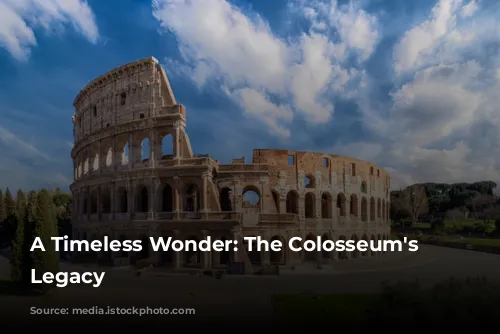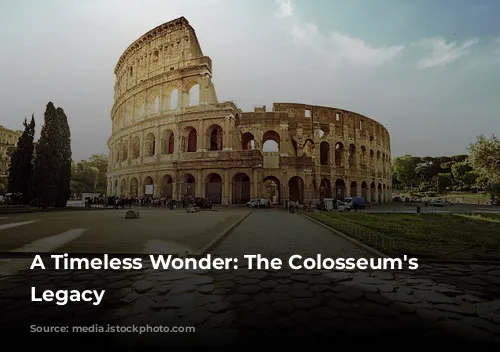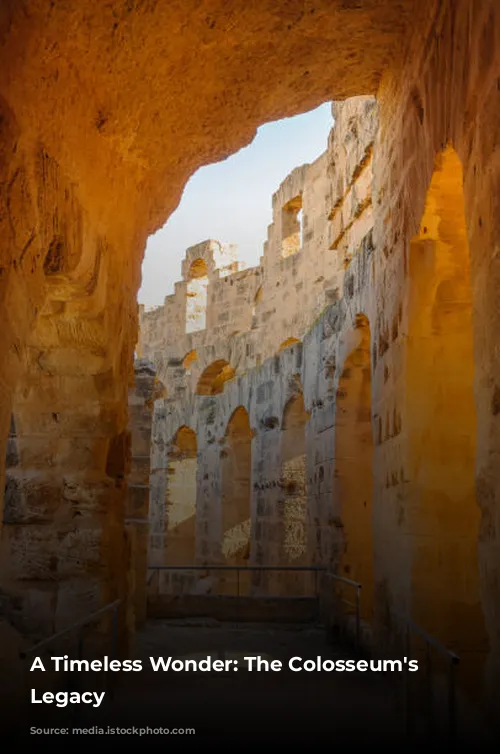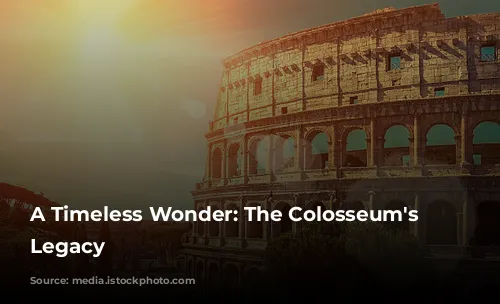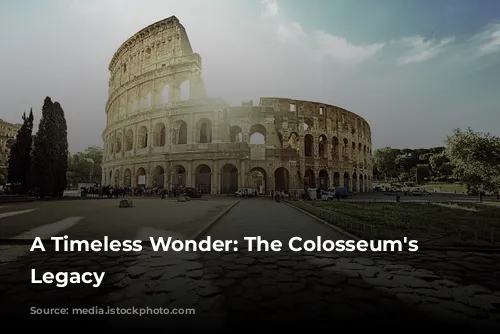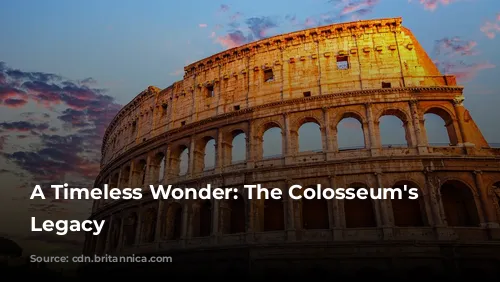Imagine: A massive, stone-clad amphitheater, its grandeur echoing the might of the Roman Empire. This is the Colosseum, a monument to ancient Rome’s architectural and engineering brilliance. It stands tall, a testament to the power of the past, attracting millions of visitors each year.
A Monument to Power
The Colosseum is not just a tourist attraction; it’s a major source of revenue for Italy. In 2018, it, along with the Roman Forum and Palatine Hill, generated over $63.3 million (€53.8 million), making it the highest-earning tourist site in the country.
A Rollercoaster of History
But the Colosseum’s journey has been one of triumph and decline. After the fall of the Western Roman Empire, it fell into disrepair. The Frangipane and Annibaldi families repurposed it as a fortress, and in the 15th century, Pope Alexander VI even allowed its stone to be used as a quarry. For over a thousand years, it lay neglected. It wasn’t until the 1990s that state-funded restoration efforts breathed life back into this ancient marvel.
A Symbol of Empire
The Colosseum was built during a period of rebuilding and revitalization in Rome, following the turbulent year of “Four Emperors” in 69 CE. Emperor Vespasian, known for his pragmatic approach, envisioned it as an entertainment venue for the masses. He wanted to replace the tyranny of the past with public spectacles that would unite the Roman people.
A Story of Construction and Design
Construction of the Colosseum began under Vespasian, between 70 and 72 CE, and was completed by his son, Titus, in 80 CE. Domitian, Titus’s successor, added the fourth story in 82 CE. The arena’s funding came from the plunder taken during Titus’s conquest of Jerusalem, and it was built by Jewish slaves.
The Colosseum is an elliptical structure made of stone, concrete, and volcanic rock, standing four stories tall. Measuring 620 by 513 feet (189 by 156 meters), it could hold up to 50,000 spectators. Its design is ingenious, incorporating barrel and groin vaults for stability. The Colosseum was a marvel of its time, a testament to Roman engineering prowess.
A Stage for Spectacle and Drama
The Colosseum was renowned for its gladiatorial combats. It hosted thrilling battles between gladiators and wild animals, and even mock naval battles. A retractable awning, operated by Roman sailors, protected spectators from the sun. Although the Colosseum’s role in the martyrdom of early Christians is uncertain, its history is filled with tales of violence and spectacle.
A Legacy of Resilience
Over the centuries, the Colosseum faced destruction and decay. It was used as a church, a fortress, and even a quarry. But its spirit remained unbroken. In the 19th century, preservation efforts began in earnest, and in the 1990s, a major restoration project breathed new life into the ancient structure. Today, the Colosseum stands as a symbol of resilience, a testament to the enduring power of human ingenuity and the enduring beauty of history.
The Colosseum is a powerful reminder of the glory and resilience of the Roman Empire. It stands as a monument to the power of architecture and the strength of the human spirit. The Colosseum is more than just a historical landmark; it is a living testament to the past, a timeless story etched in stone.



